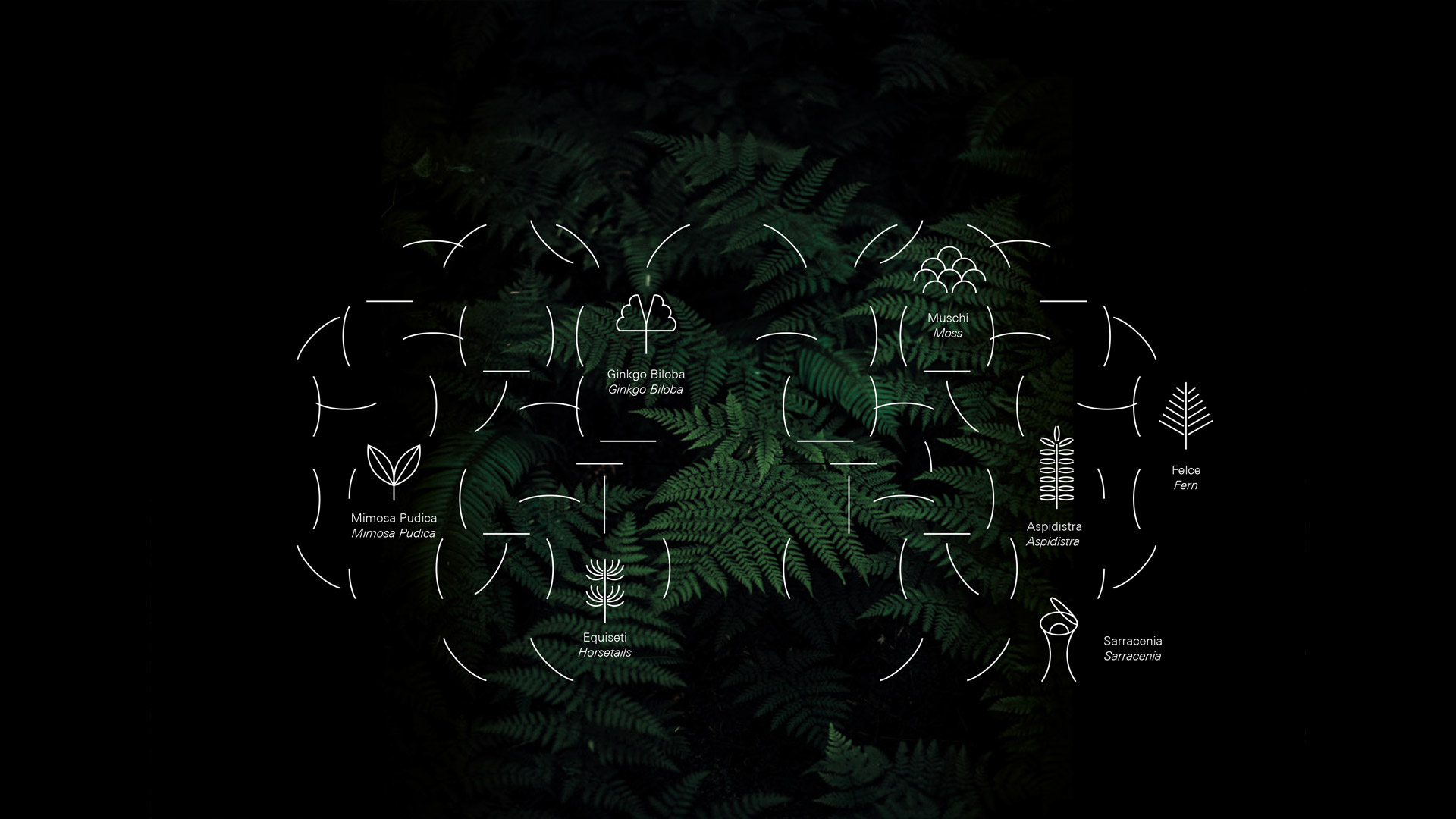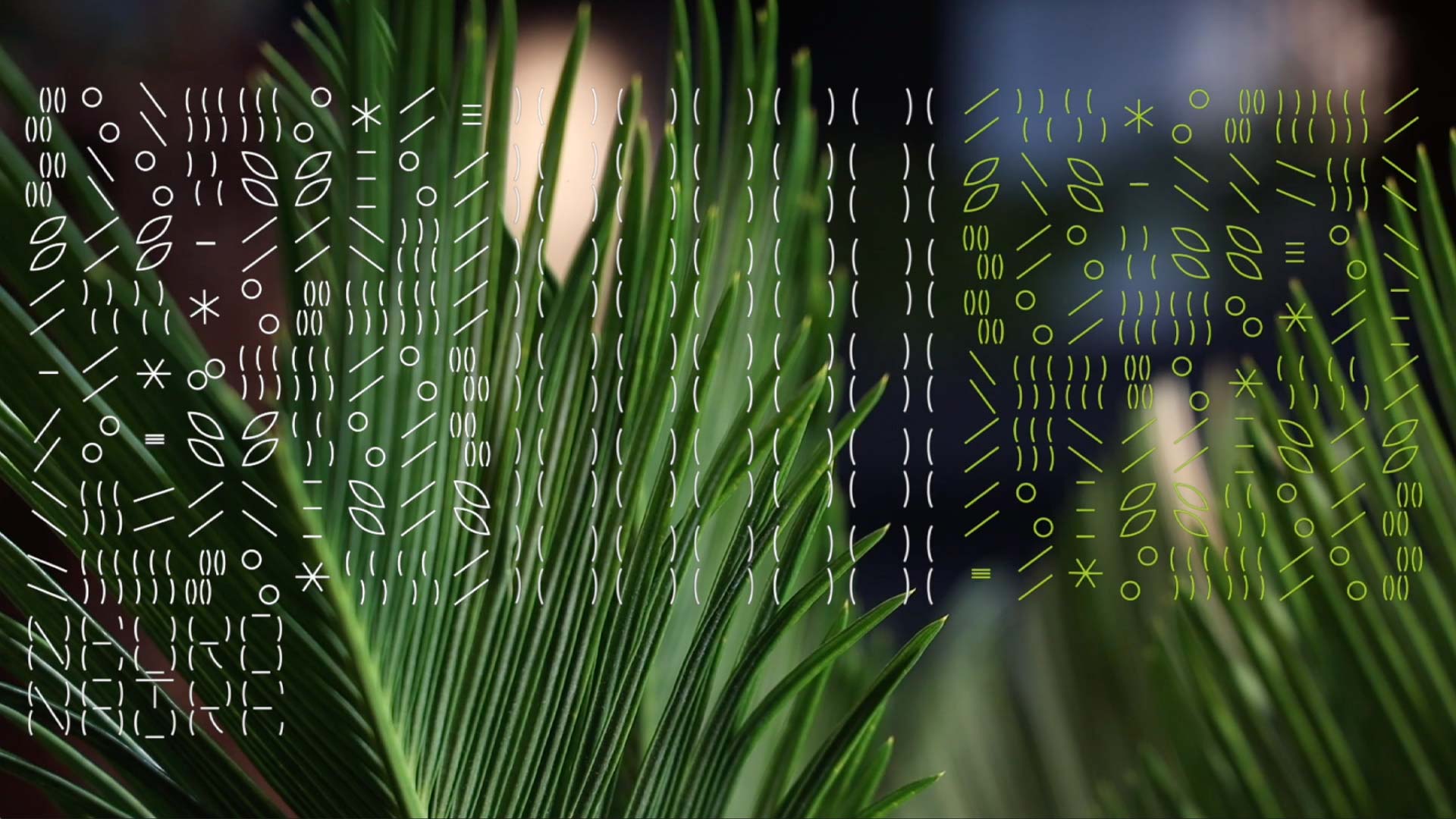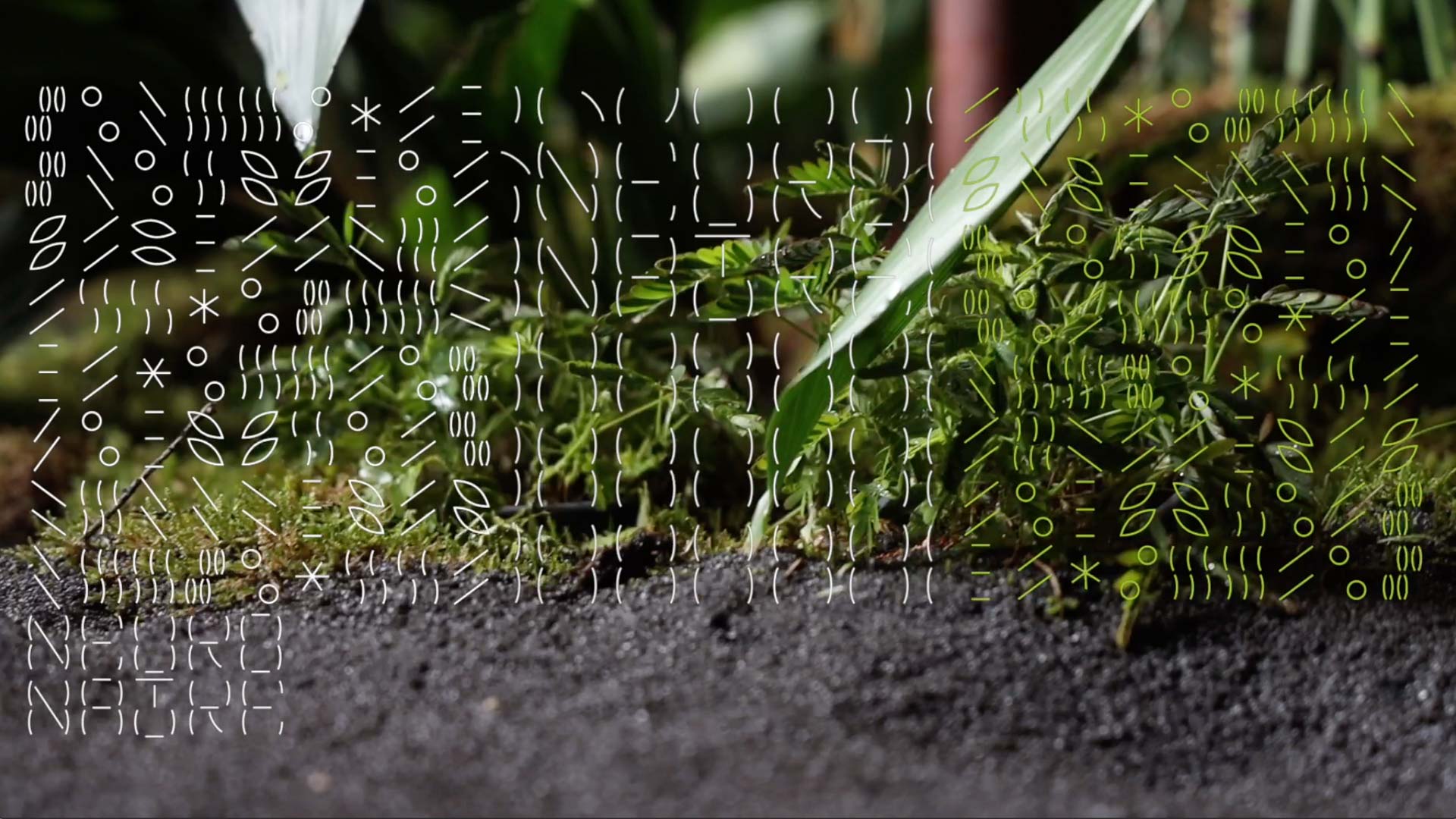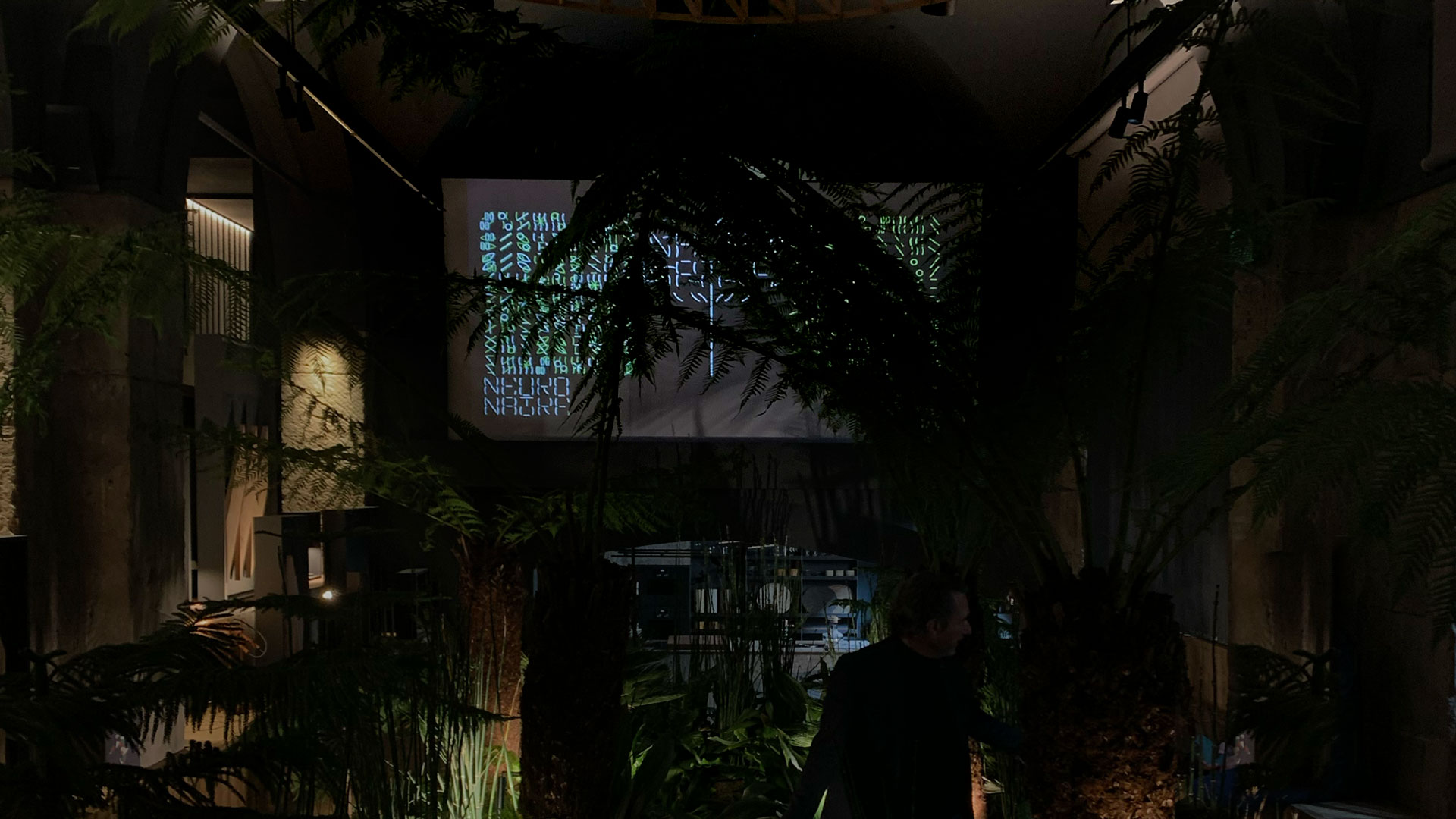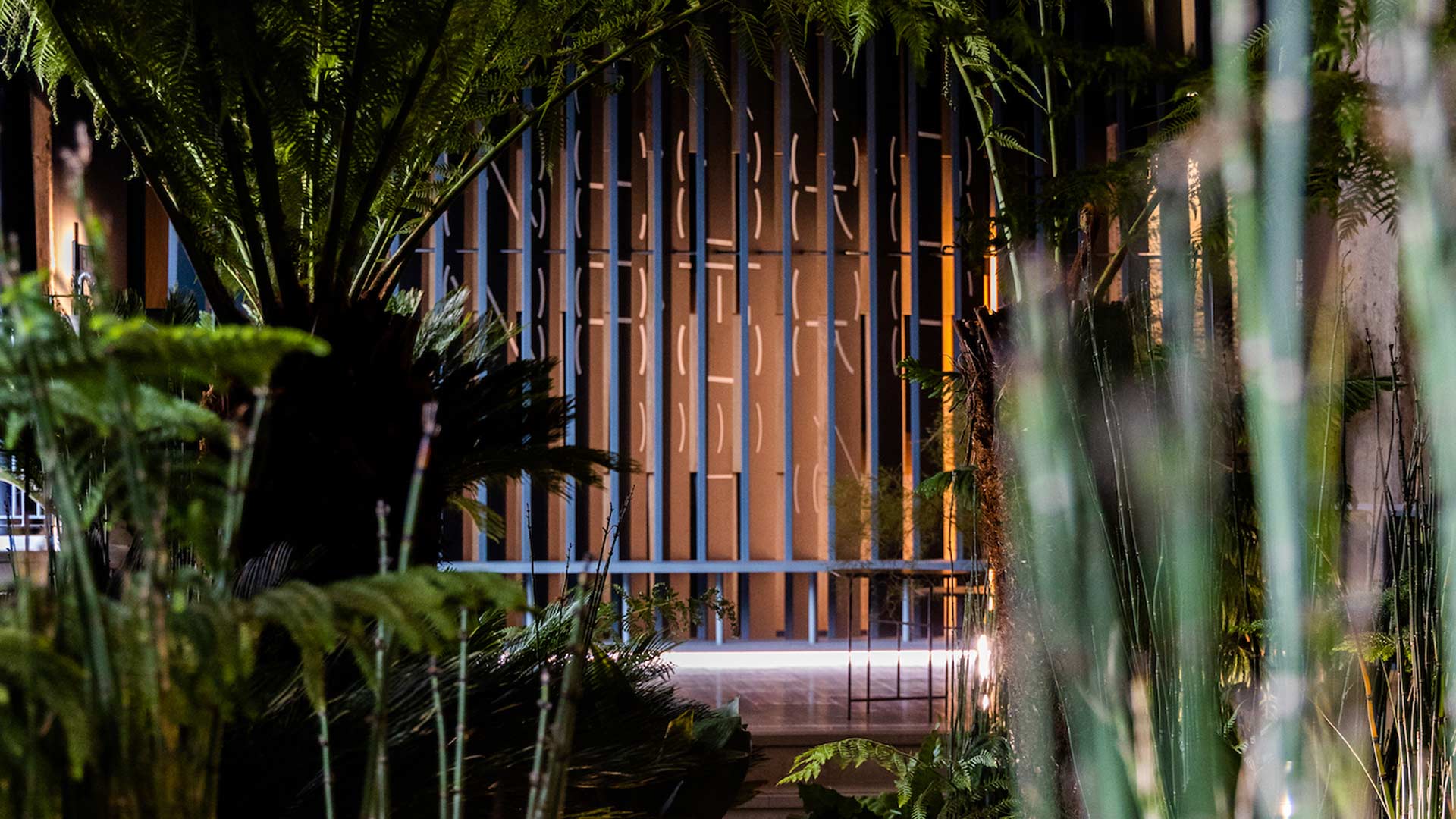
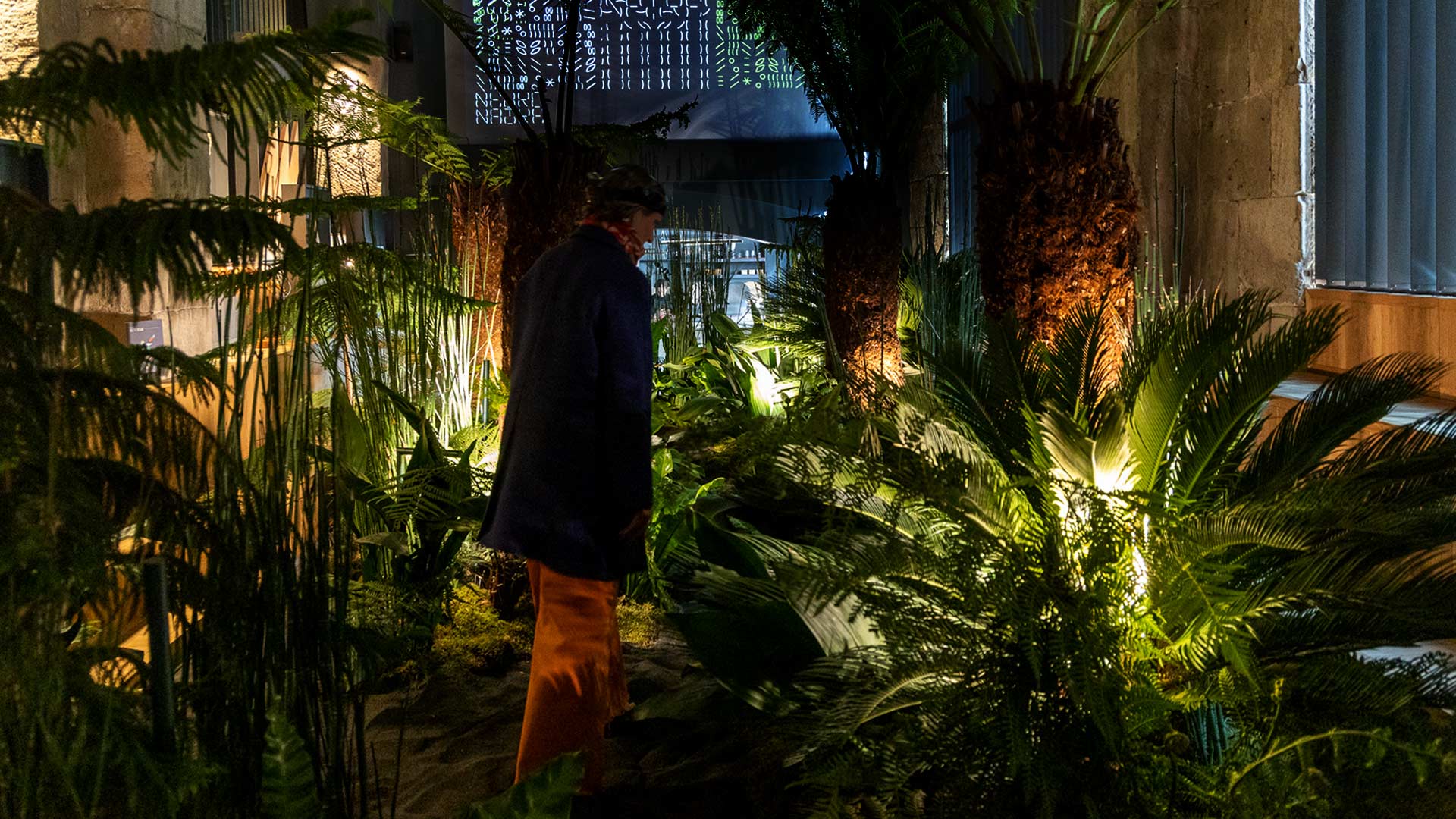
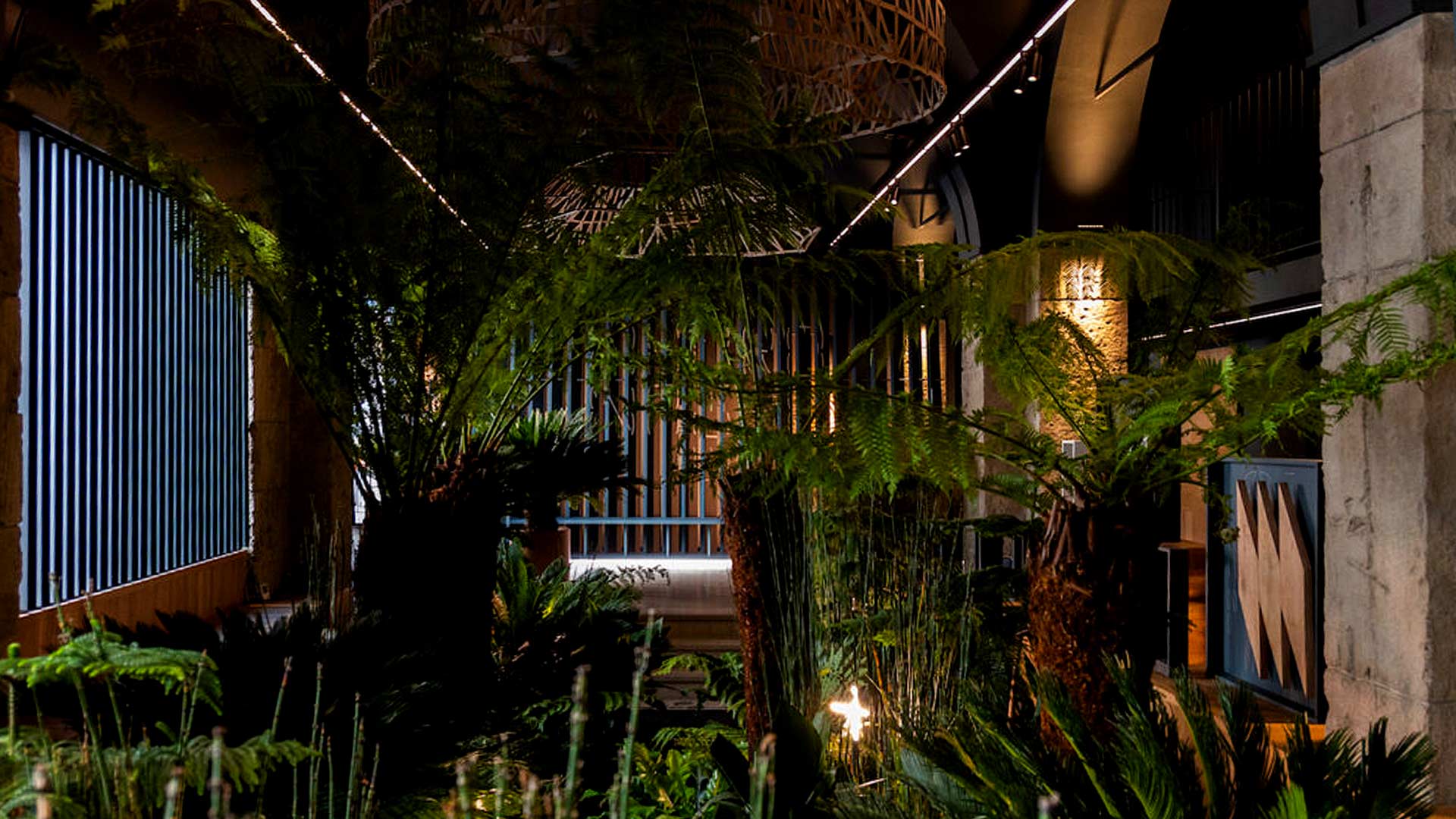
Neuro Nature
Interact
with
nature
17-23 Aprile
In the evocative setting of the Listone Giordano Arena – Milan’s established cultural hub for design culture – Neuronature, a unique initiative, a limitless evocative journey to be experienced and discovered, is being staged. From 5 April until the conclusion of the Milan Design Week, the space will thus be transformed into an indoor primary forest, offering visitors and enthusiasts a regenerating experience in direct contact with the plant kingdom.
NEURO – NATURE carries the meaning related to the nervous system, its interactions and emotions. Nature embraces the total system of living beings, animals and plants, and inanimate things, which present an order, realise types and are formed according to laws. Hence the very will to order that manifests itself in those laws, as a living and operating principle, the generating force of all things.
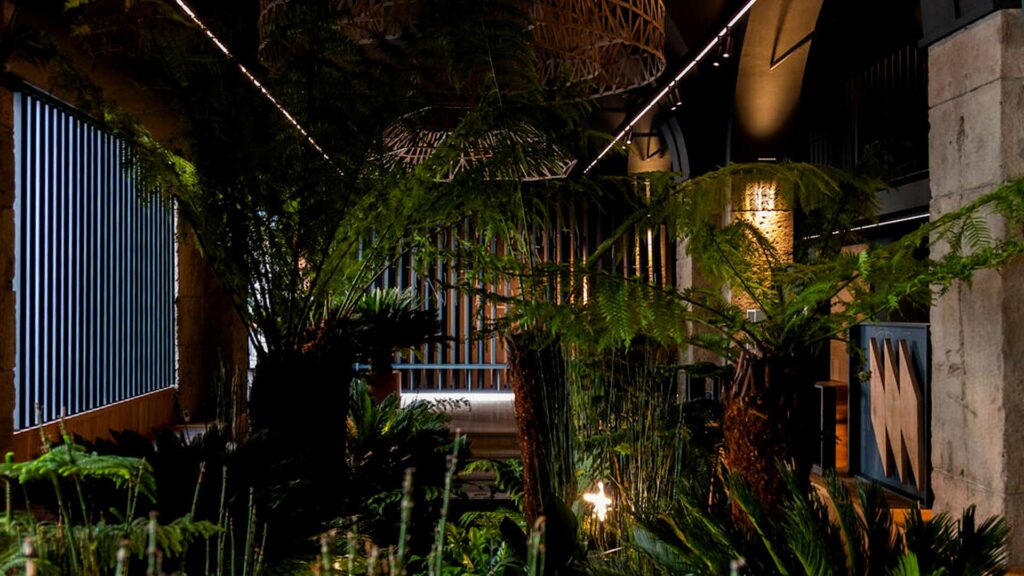
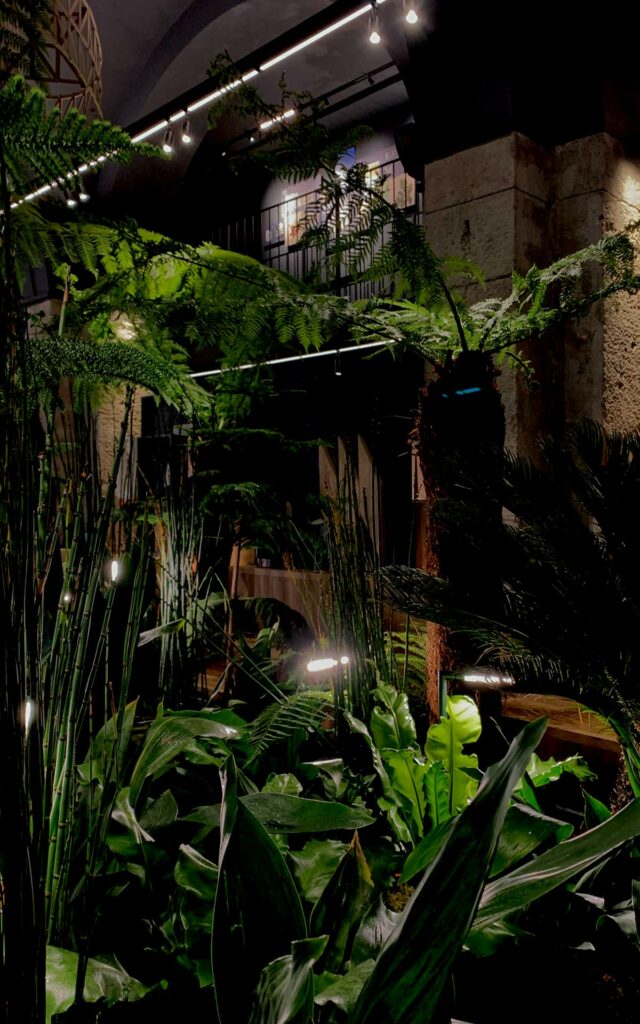
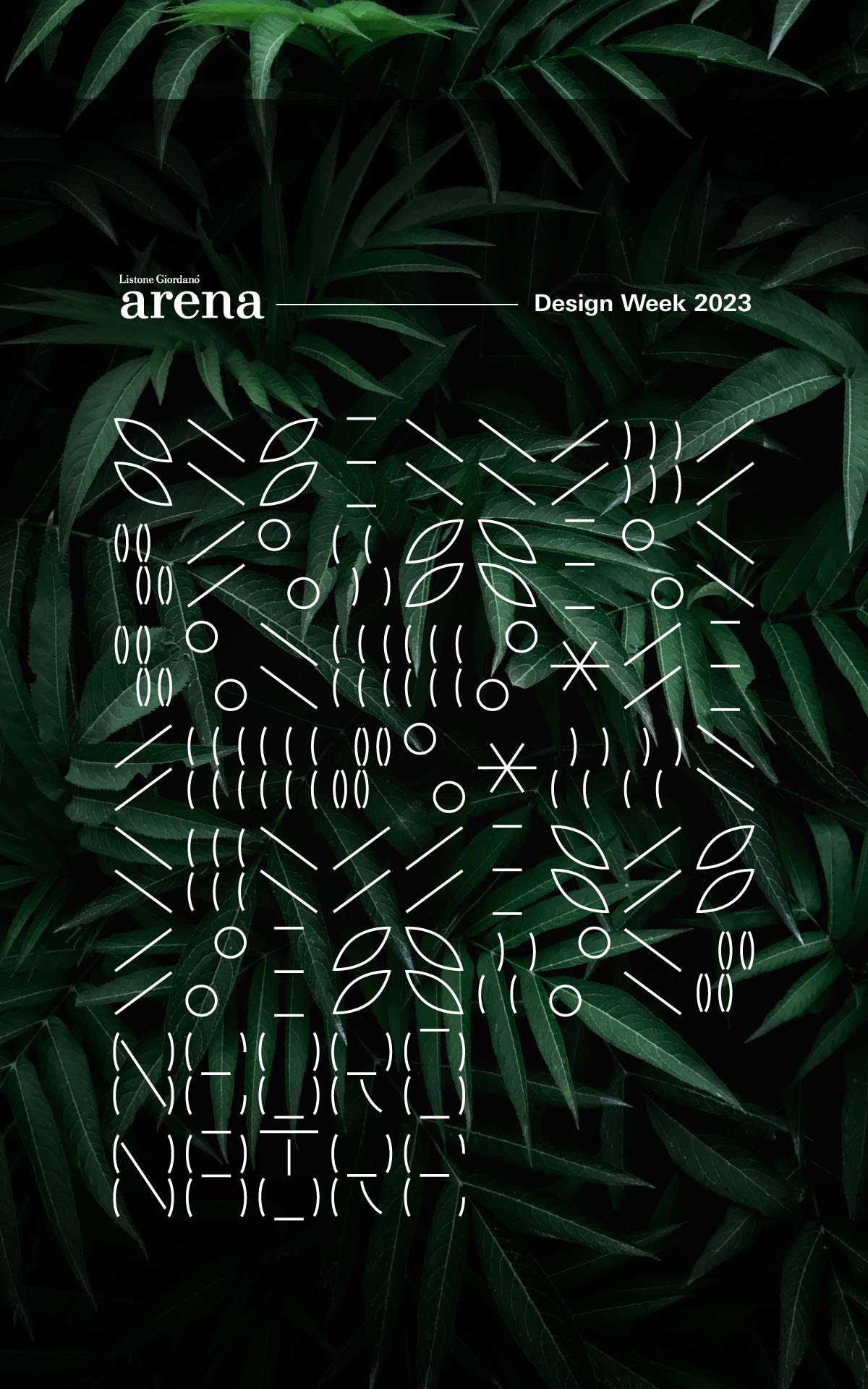
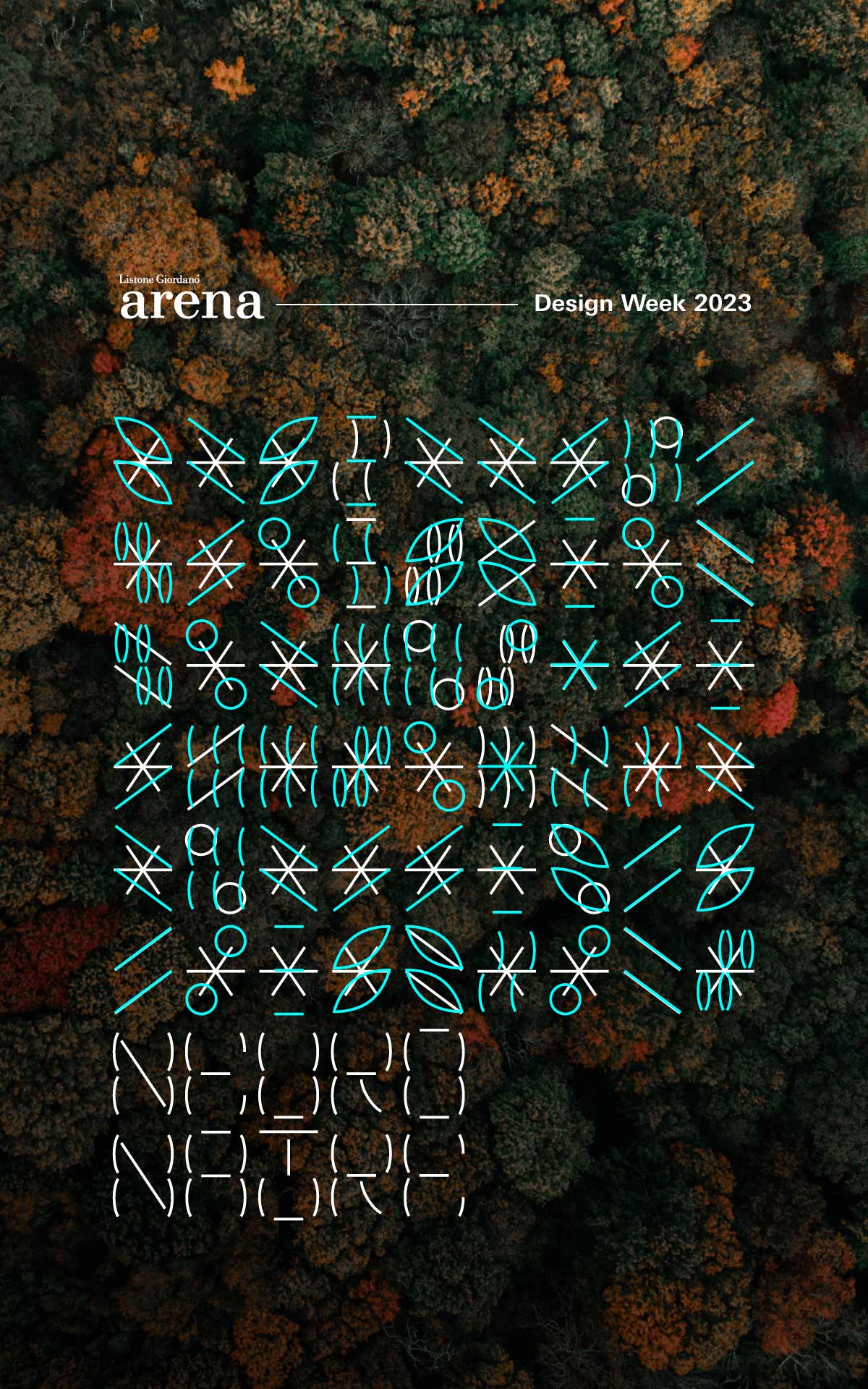
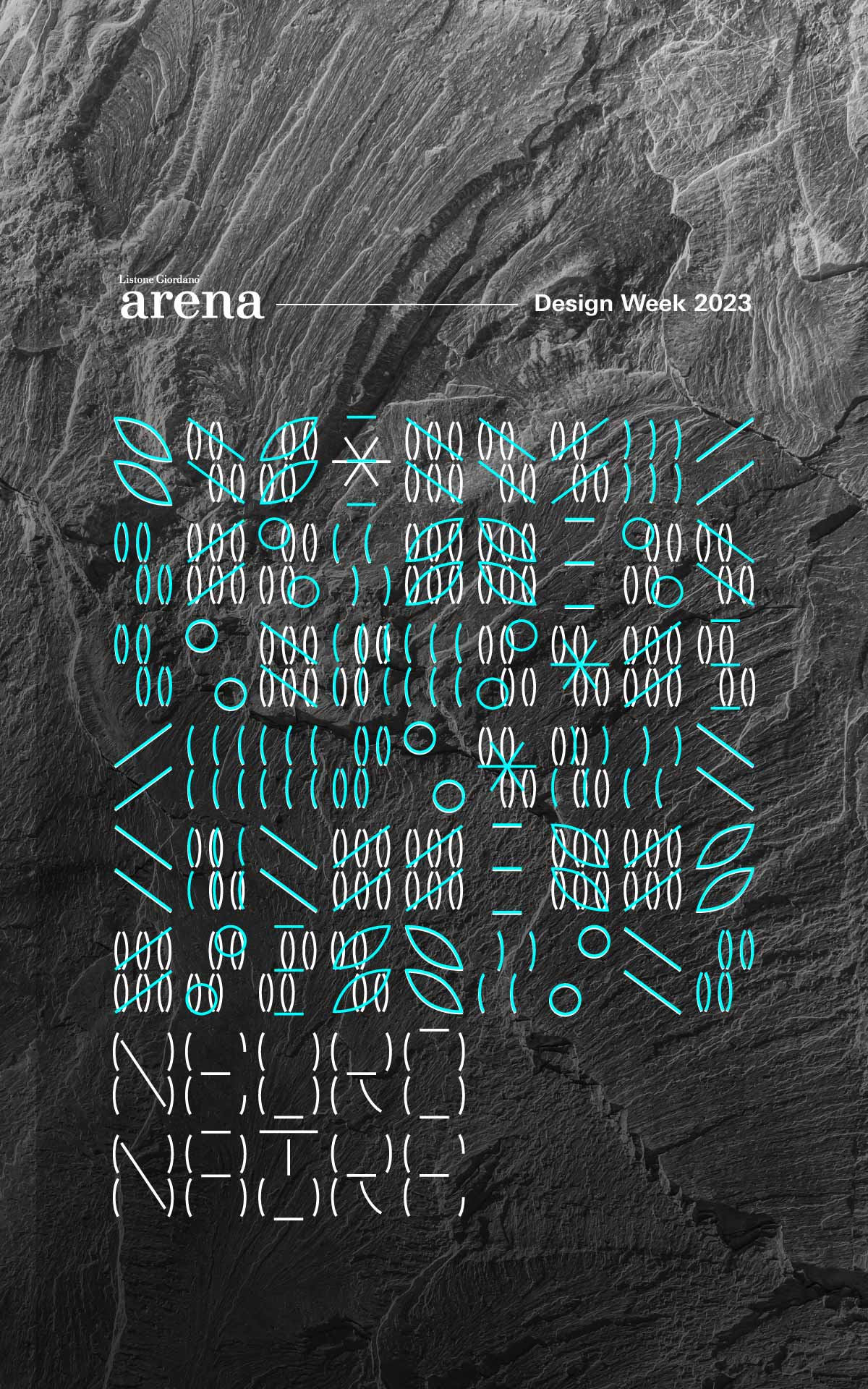
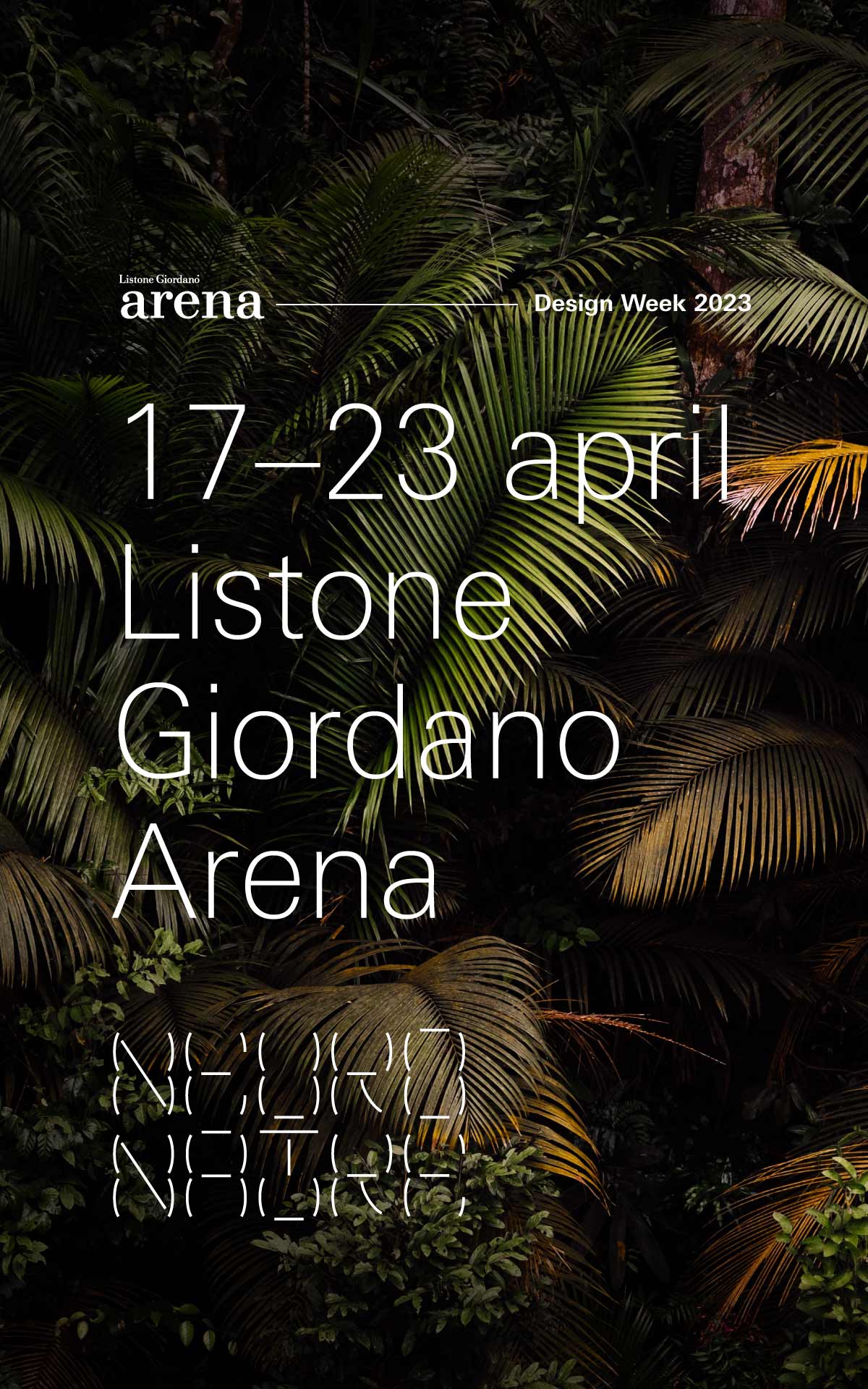
The concept
The hypothesis that guided the design, originating from an idea of arch. Nicola Gallizia in collaboration with Bcpt Associati, which took care of the integrated graphic design, is that a stay of about 15 minutes within the path designed and implemented by Paghera – an expert in the design of high-end greenery – can bring significant measurable benefits on a physiological, cognitive and emotional level. Thus, an embryo – evocative and symbolic – of a mini PRIMORDIAL FOREST comes to life inside Arena, in which “some of the most ancient plant organisms found refuge”, explains Carlo Bonanno at Paghera’s summit, “such as multi-cellular algae, aquatic plants capable of photosynthesis at different depths”.
Light and shadow to stimulate the senses
In the year of Euroluce, Neuro Nature converts artificial lighting into an element of nature, a sensory tool to fully enjoy this experience. Thanks to the collaboration of top brands such as Panzeri and Simes, every corner of Arena is transformed into a nocturnal forest, a lunar landscape where every plant is illuminated with a very specific objective: to stimulate and protect the senses with comfortable light. The darkened showcases, a system of remotely controlled suspended lights, create an evocative, primordial environment where even the plants are preserved thanks to a system of ultra-violet installations that make up for the lack of natural light.
An evolutionary path
The first major steps in the evolution of land plants were the development of bryophytes and pteridophytes. Bryophytes are the simplest terrestrial plants, including mosses and liverworts, tiny plants that inhabit wet areas of undergrowth or near springs. Mosses form soft cushions on the trunks of some trees or on rocks, in shady areas or along the course of rivers. Pteridophytes are small plants that have developed a number of adaptations to successfully occupy environments far from water. They are more complex than bryophytes because they have a system of conducting vessels; however, they are considered primitive because their embryo does not form a seed but spores. These include ferns, lycopods and horsetails.

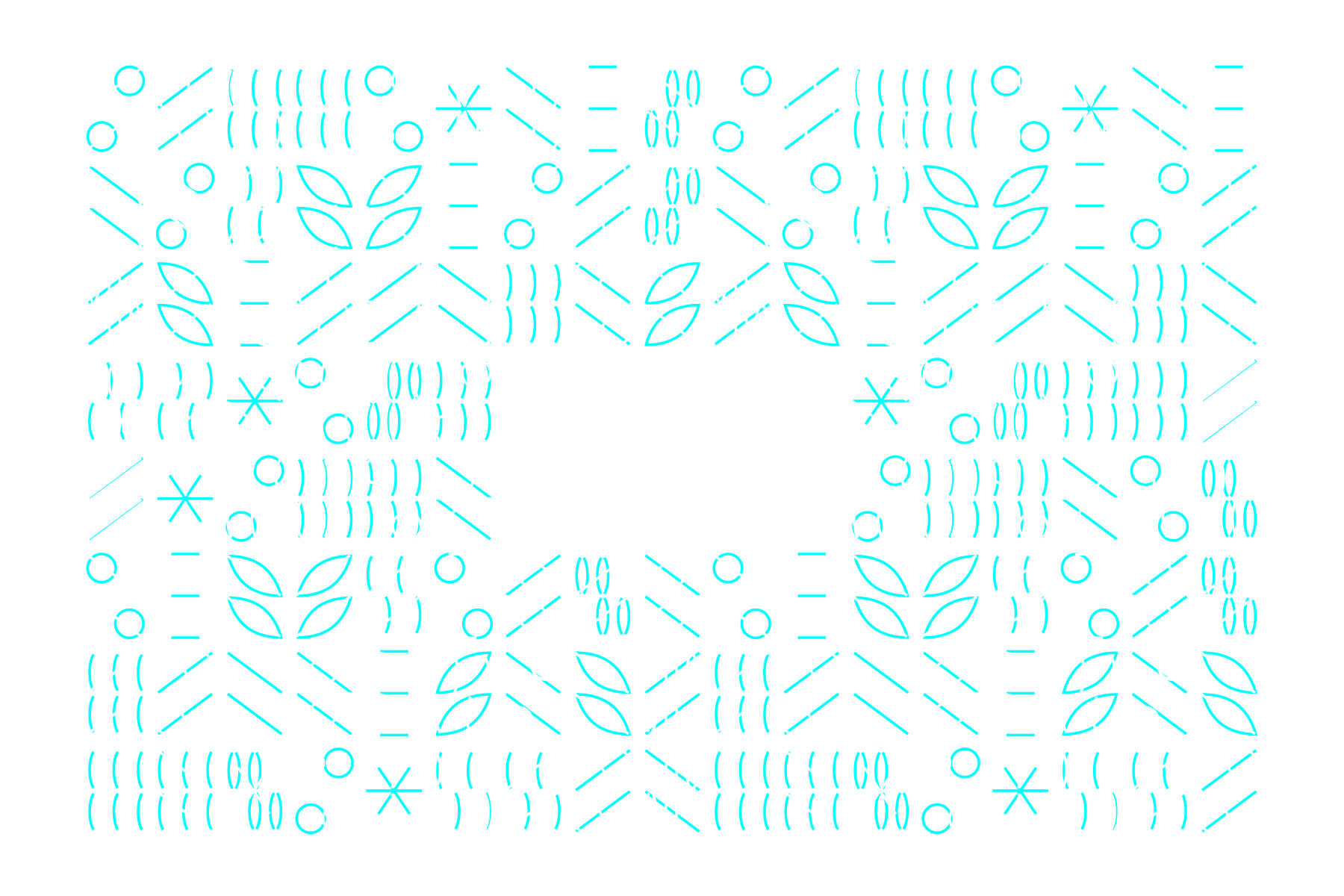

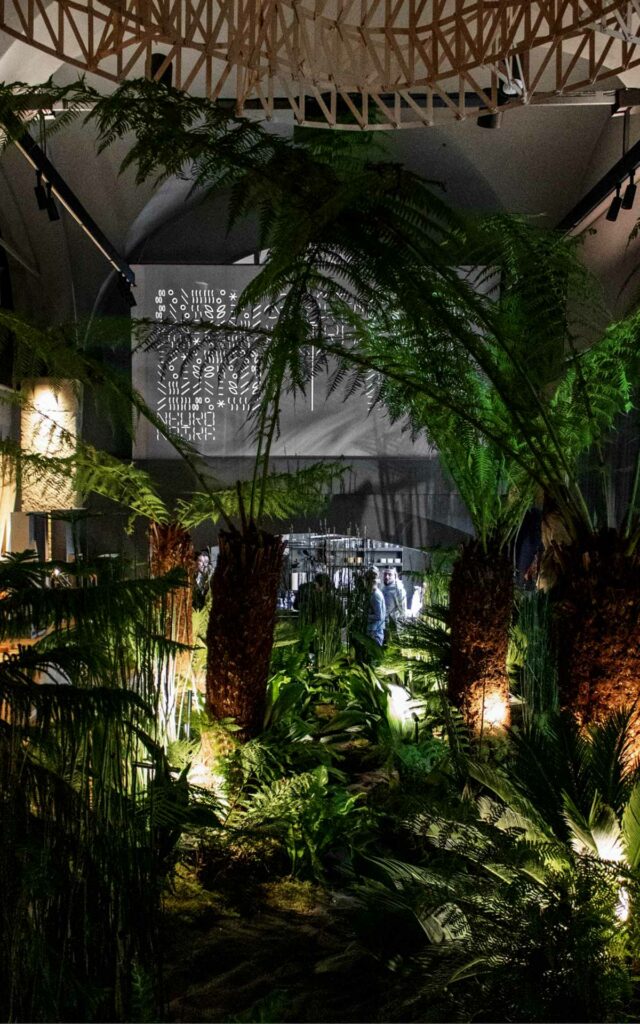
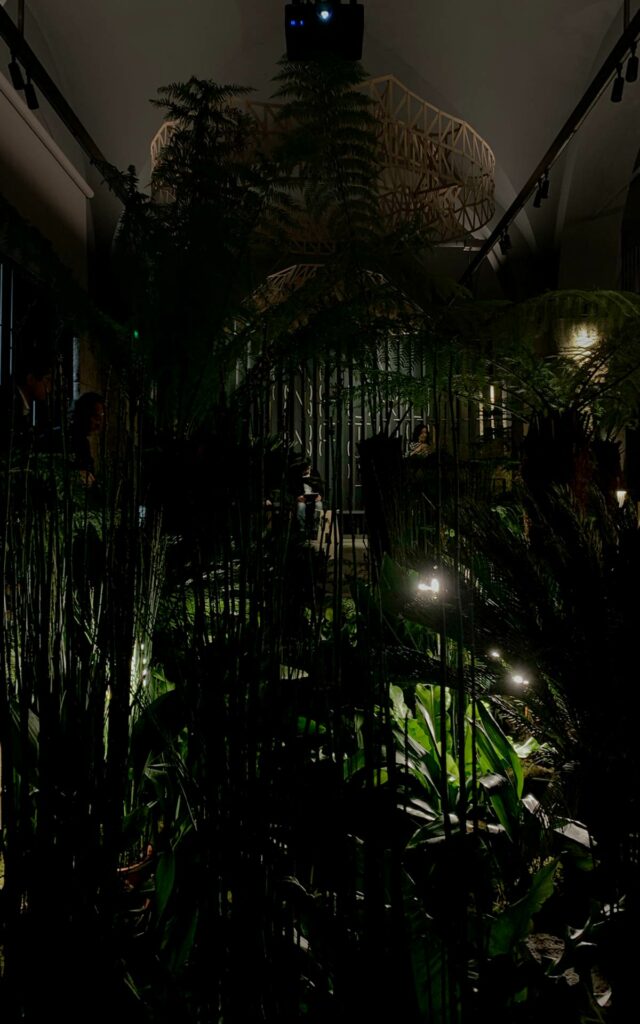
Innovation: the neural helmet and the psychology of living
The ‘barefoot’ route will be facilitated and made even more immersive by the use of technological ‘neuronal helmets‘ provided by the Department of Environmental Psychology of the University of Padua, a prestigious collaboration thanks to which it will be possible to virtually recreate the track produced during the regenerating experience that stimulates sight, hearing, touch and smell.
This oasis of regenerating wellbeing is part of serious reflection and research into environmental psychology, which aims to analyse the actual impact of the characteristics of the physical environment on individual and collective wellbeing. The approach is interdisciplinary and based on empirical evidence. Specifically through evidence-based design oriented towards biophilia, architecture can simultaneously promote the Well-being of People and the Planet.
Well-being design
The project stems from the initial statement – necessary and not to be taken for granted – of that ‘promise of well-being’ cherished by Arena’s partners, which can also be achieved through the use of natural materials such as wood, stone, terracotta and intangible materials such as light and sound – which play a fundamental role in the entire experience – to the open dialogue with the fascinating world of plants. The common desire to help people ‘feel better’ lays the foundations for this April design, a radical vision that brings into reality those theories and studies inherent to Wilson’s biophilia and environmental regeneration. From these it’s possible to draw indications of what characteristics of the built environment can facilitate recovery from stress and mental fatigue.
